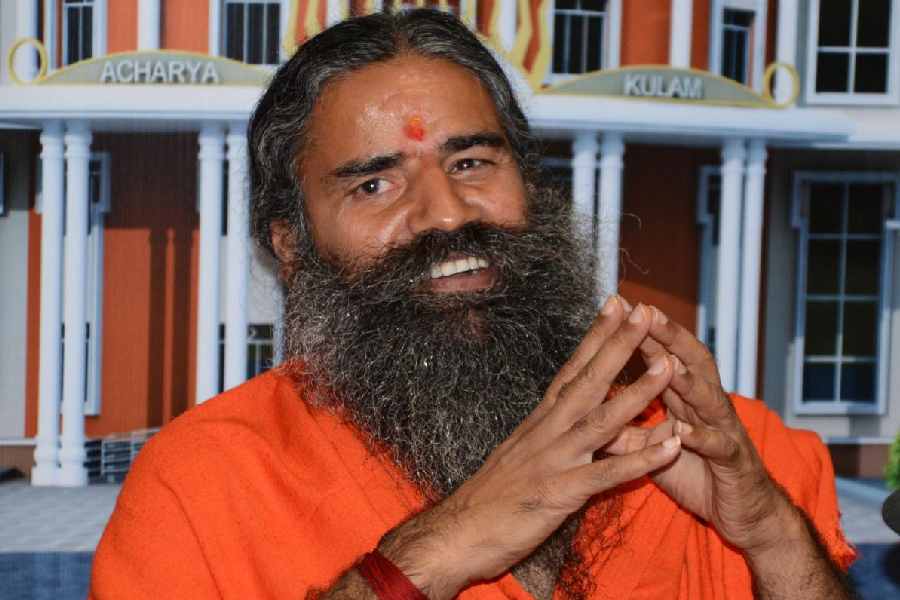A powerful pulse of X-rays from a nuclear blast could vaporise part of an asteroid, deflecting it from a potential collision with Earth, scientists have said, announcing the first laboratory tests of an idea discussed in scientific circles and featured in movies.
The researchers at the Sandia National Laboratories in the US have simulated asteroid deflection with a powerful pulse of X-rays generated by their so-called Z machine, described as the world’s most powerful laboratory source of radiation.
In their lab tests, they used X-rays to target two 12mm-wide miniature mock-up asteroids — one sample made from quartz the other made from fused silica — in a vacuum. In both experiments, the X-ray pulses heated the asteroid’s surface, causing it to vaporise and change its direction of motion.
The scientists also used computer simulations to scale up the results and predict that asteroids up to a diameter of 4km could be deflected through this mechanism. Their study results were published in the journal Nature Physics on Monday.
“Despite decades of speculation, this is the first time anyone has demonstrated that this idea could work,” Nathan Moore, a physicist at the Sandia National Laboratories who led the research, told The Telegraph in an email interview. “There had never been a way to test this idea before.”
Scientists have known for decades that Earth is vulnerable to collisions with asteroids — the rocky remnants left over from the formation of the solar system. Although most asteroids bypass Earth or are too small to cause damage, large asteroids can have regional or planetwide impacts.
An asteroid 10km to 15km in diameter hit Earth around 66 million years ago, its impacts leading to the mass extinction that wiped out non-avian dinosaurs. An asteroid exploded over Tunguska in Siberia in 2015, flattening some 80 million trees over a 2,000sqkm area.
Hollywood movies Armageddon and Deep Impact, both released in 1998, had storylines in which scientists attempted to use nuclear explosions to protect Earth from an incoming asteroid.
The European and US space agencies have been tracking asteroids for years, looking out for orbits that might put them on collision course with Earth and conducting research on asteroid deflection strategies.
In September 2022, Nasa crashed a 550kg spacecraft head-on into a 160m diameter asteroid called Dimorphos which orbits another rock called Didymos. The impact altered the orbit of Dimorphos, demonstrating successful deflection. But some scientists have argued that spacecraft impacts may be insufficient defence against the largest asteroids, especially when the advance warning times are short.
“It is broadly accepted in the planetary defence community that a nuclear deflector would be the only option for the largest, most devastating asteroids, and possibly also for smaller asteroids that are first detected when they’re already close to Earth,” Moore said.
An X-ray burst from a nuclear detonation can give the asteroid a much stronger push, he said. The spacecraft impact strategy would work with small- to medium-sized asteroids and those that are still very far away.
Moore and his colleagues have developed the laboratory capability to test this idea. “One could try this idea in space, but space missions are expensive and finding the right asteroid to practice could also be difficult,” Moore said. “Our new lab capability allows us to develop knowledge on how different asteroids made of different minerals and rock structures might respond to a nuclear detonation.”
The X-ray pulse would vaporise only the asteroid’s outer surface. “The part of the asteroid that vaporises is very, very small. Most of the asteroid stays intact and is simply pushed by the gas or the vapour expanding from the surface, like exhaust from a rocket engine,” Moore said. “Because there is only one burst, the push is very short-lived but the push is incredibly strong.”











